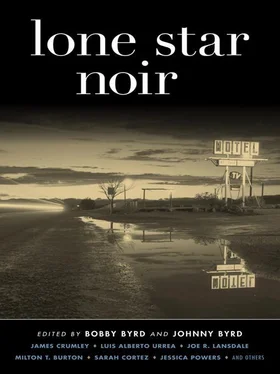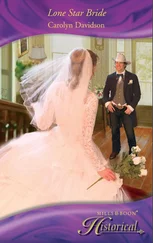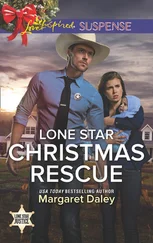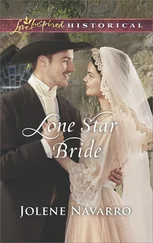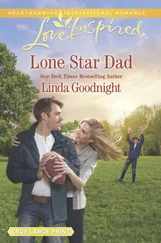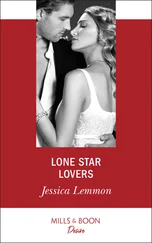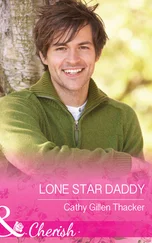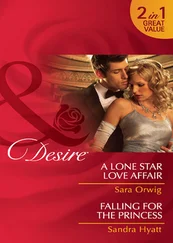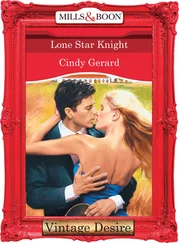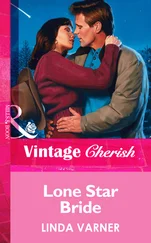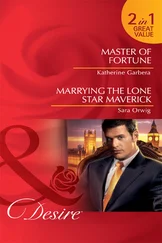
Bobby Byrd, Johnny Byrd, Lisa Sandlin, Claudia Smith, David Corbet, Luis Alberto Urrea, Tim Tingle, James Crumley, Jessica Powers, Joe R. Lansdale, George Wier, Milton T. Burton, Sarah Cortez, Jesse Sublett, Dean James, Ito Romo
Lone Star Noir
***

WHAT THE HELL IS TEXAS, ANYWAY ?
I dearly love the state of Texas,
but I consider that a harmless perversion on my part,
and discuss it only with consenting adults.
– Molly Ivins
Forgive me, but I am a poet by trade. I don’t come to noir fiction on the morning train in the bright sunlight.
I come obliquely through the back roads of my poetics and love for the American idiom. I’m a member of the second generation of those notorious “New American Poets” anthologized by Donald Allen in 1960. Folks like Robert Creeley, Paul Blackburn, Philip Whalen, Jack Spicer, Ed Dorn, Gary Snyder, and, yes, Ginsberg and Jack Kerouac-radical workers of the language back in their day. Because of these roots, and like so many of my fellow travelers, I have always been drawn to noir fiction. Especially as it’s practiced in America. My heroes from the beginning were Dashiell Hammett and Raymond Chandler, and later in the 1990s Elmore Leonard came along to feed my imagination when my writing needed an injection of hard-boiled storytelling and cutthroat dialogue.
But Texas? That was another journey. Growing up in Memphis and living for years in Arizona, Colorado, and New Mexico, I never would have guessed that I would move to Texas. Yet, here I am, a longtime Texan.
When my family and I moved south from Albuquerque thirty-something years ago, we asked our friends (the worse sort-writers, intellectuals, ex-hippies) from the so-called “land of enchantment” where we should move: Las Cruces, New Mexico, or El Paso. “Las Cruces,” they all said without blinking. They sneered at anything Texas. That’s common in New Mexico. Colorado too. Texans are the Ugly Americans of the American Southwest. That’s the stereotype. Loud and arrogant. They buy a piece of land in the mountains, wanting to flee the flatlands and horrendous weather of Texas, and they bring Texas along with them.
So, taking our friends’ advice, we moved to Las Cruces. It was a mistake of the first order. After a couple of years we got bored. We started sniffing around El Paso forty-five miles down the road. Life was different there, somehow weird, a taste of dark mystery even in the bright Chihuahuan desert sunlight-Spanish in the streets, goddamned real-life cowboys, Mennonites and Mormons from Mexico, a whole herd of Lebanese immigrants, the red-light district of Juárez a stone’s throw from downtown, regular people who transformed themselves into strange gory tales in the newspaper, the hot dog vendor on the street with his little stash of cheap dope to pay the bills, the bloody smell of the 1910 Mexican Revolution still hanging in the air. The place actually echoes loudly in the American psyche. It pops up all over American literature-Ambrose Bierce, Jack Kerouac, Oscar Zeta Acosta, Carlos Fuentes, Dagoberto Gilb, Benjamin Alire Sáenz, James Crumley, Abraham Verghese, Cormac McCarthy, and so many more. The place felt like home.
So I got my feet Texas wet in El Paso. Why we didn’t move here in the first place, I’ll never know. But people in El Paso will tell you they don’t live in Texas anyway. They live in El Paso.
Huh?
Seems like everybody who lives in Texas has a snotty attitude about the place where they live. Even if they hate it. Like the bumper sticker from the 1980s, Lucky me, I’m from Lubbock . That was popular the year after Lubbock almost got wiped off the map by a series of God’s worst tornados. But what you learn from living in this state is that most of Texas is not Texas. It’s not the stereotype that the rest of the nation carries around in the collective consciousness. During the 2008 Obama-versus-Hillary Democratic primary madness, the national press complained that Texas did not fit into the Red State cookie cutter they expected. Beaumont was nothing like Austin which was nothing like Odessa which was nothing like Houston. And Marfa, how did that happen? The talking heads were confused. One guy I saw on TV said, “Texas is not like any other state. It’s huge, it’s insanely diverse, it’s more like a country.”
Bingo!
I got a hunch the talking heads never got close to Chicken Shit Bingo. In Austin you can go play Chicken Shit Bingo. The rooster walks around a big board with all the numbers on it. And wherever the rooster takes a shit, that’s the number that gets called out. That’s Texas.
Chicken Shit Bingo is the Texas of Lone Star Noir .
But really, for the world at large, Texas is not so much a state or a country. It’s popular legend pumped up on steroids to become mythos.
Back in the ’70s and ’80s, the American media gave us two hunks of the Texas legend. One was the prime-time soap opera Dallas . Millions of men and women from around the country-indeed, from around the world-scheduled their lives so they wouldn’t miss Dallas . At its center was J.R. Ewing, the epitome of Texas cynicism and greed played ever so shrewdly by Larry Hagman. He wore his $5,000 suits, his topdollar Stetson, and his elegant chocolate crocodile-hide cowboy boots. When was J.R. ever going to have to pay up for his sins and his silk underwear? The guy had enough money and power to buy Houston, but he’d screw his best friend to get more. And after lunch he’d screw the guy’s wife. J.R. enjoyed those sins of his, and he very much enjoyed being a Texan. Indeed, he flaunted Texas. Big and rich Texas. And his public hated him and loved him at the same time.
The cowboy side of that Texas coin was embodied in Larry McMurtry’s Lonesome Dove . The novel became a hugely popular television miniseries starring Robert Duvall and Tommy Lee Jones as ex-Texas Rangers Woodrow Call and Gus Mc-Crae. The story is simple. Those old boys get tired of living the ranching life down on the Rio Grande so they go steal a herd of longhorns from the “Meskins,” killing a few in the bargain. The series follows the heroes and their herd up through Texas to Wyoming with enough adventures and fights and evil to satisfy Ulysses fresh from the killing fields of Troy. McMurtry is a scholar about cowboy life and the great cattle drives of the nineteenth century, and so the book and the miniseries are rich with the lifestyle and paraphernalia of cowboy legend. The stuff of Texas lore. Neither the book nor the TV series, it should be noted, was kind to Mexicans, blacks, Indians, or women. But, as a matter of fact, the Texas Rangers and the state of Texas weren’t exactly kind to these citizens either. It’s like a Texas disease.
Still, you can drive around Texas for a long time and never meet J.R. Ewing or Woodrow Call. The real Texas hides out in towns and cities like you’ll find in Lone Star Noir , and in that very Texas reality, among the everyday good folks of Texas, you’ll find the hard-boiled understanding of guns and dope and blood money and greed and hatred and delusion that makes these fourteen stories come alive on the page. Sure, you might catch a glimpse of J.R. and old Woodrow Call, like a shadow at the edge of your sight, feel their heat at your back, catch a whiff of the dead flowers which are their Texas dreams. This is basic foodstuff for a Texas writer telling a story, but the story must always stay true to its place and the people who live there. That’s the strength of these stories in Lone Star Noir -the particular place they come from, the language that the characters speak. Yes, they are pieces of the larger puzzle that is Texas, but they are more true to the pieces of ground they reveal.
Читать дальше
